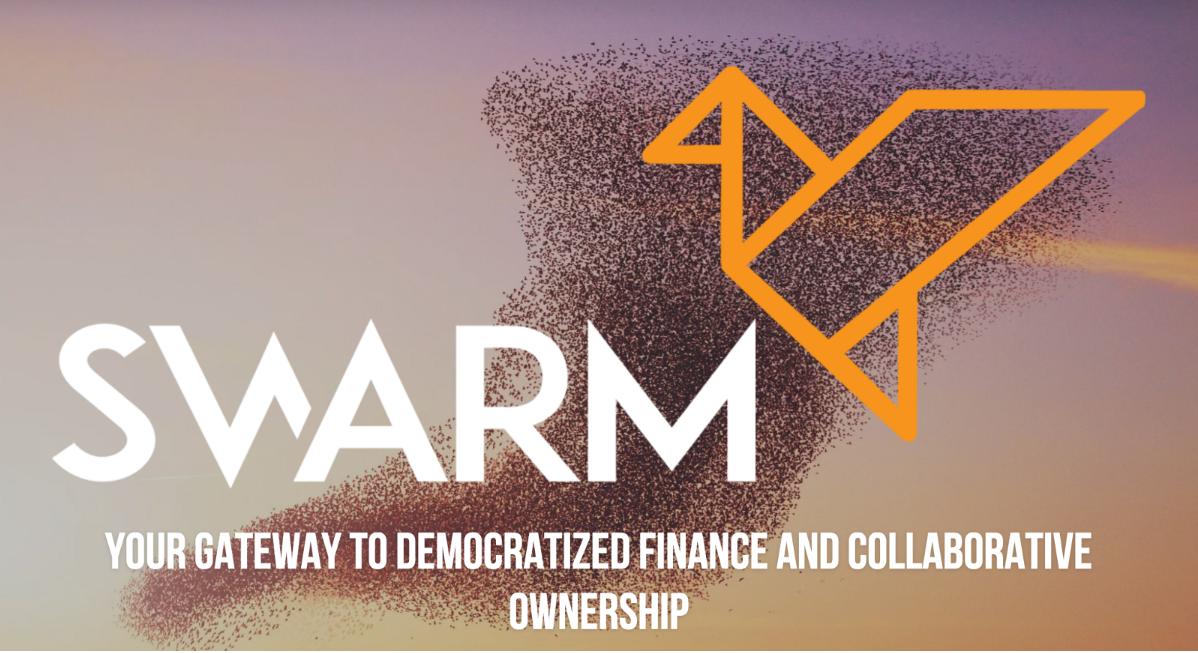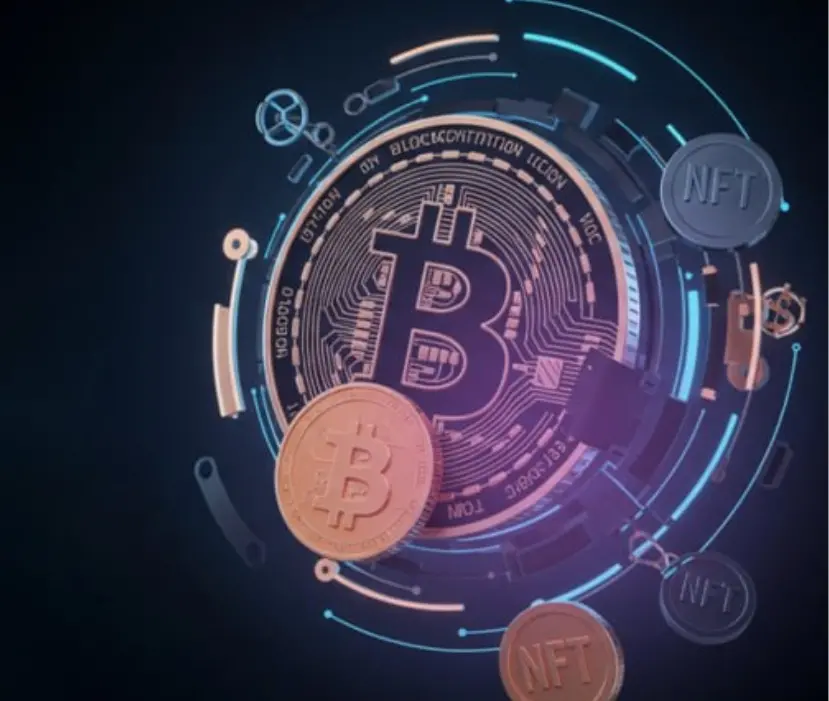From heaven to hell, is Swarm the "biggest lie of blockchain"?
This article is sourced from 8btc, and the author is Wang Jiajian.
Swarm suddenly became popular, but after the Coinlist public offering ended and the mainnet went live, its popularity suddenly dropped.
Recently, various communities have been mocking: you bought ICP, I bought BZZ, we are both "king-level" projects. The implication is that both have become "big pits" in the bull market.
Data shows that Huobi's ICP peaked at $1555, but is currently only $51. On OKEx, BZZ peaked at $22, but is currently $11. However, before the Swarm mainnet went live, the internal price of BZZ on various exchanges had reached hundreds of dollars.
The price plummeted, and miners found that mining Swarm was very disappointing, with one miner joking: "By the time grass grows on my grave, I still won't have broken even." This has led many to curse Swarm, calling it the biggest lie in blockchain.
Undoubtedly, Swarm's journey from madness to its current low perfectly illustrates the craziness and irrationality of the cryptocurrency market. It also highlights the inevitable "distance" between overseas projects and the Chinese community.

There are no "miners" in Swarm, only "errand runners" taking orders?
Before the mainnet went live, the market speculated that Swarm mining would be similar to Filecoin, with a concept of "block production." But now everyone sees that Swarm is very different from Filecoin. In fact, you might not even know if you can use "mining" and "miners" to describe the token output model and node service providers of the Swarm network.
According to GrayCloud founder Lou Danfeng, the focus of Swarm mining is not on "competing" for computing power, but on data interaction. "Traditional storage projects focus on the storage of effective data, with the key being the data itself, like a container. Swarm, however, stores 'real-time data,' so it pays more attention to data interaction, which means linking, high-density data application scheduling, and buffering, making Swarm more like a 'high-level data switch.'"
To put it simply, Swarm is indeed a distributed storage project where nodes provide storage and bandwidth for the Swarm network, and Swarm provides BZZ incentives for miners.
Currently, the incentives for BZZ in Swarm are mainly divided into three types: storage incentives, discovery incentives, and bandwidth incentives, corresponding to "data storage services," "node discovery services," and "bandwidth services," respectively.
For example, suppose a user in the Swarm network initiates a task, which is a request to store and distribute data, with a reward of 50 BZZ. At this point, the nodes in the network, which are the storage and bandwidth providers, receive and complete this task, thus earning BZZ rewards. In other words, as a node, it is a provider of network services, and there is no concept of traditional storage project mining here.
Isn't this model similar to Meituan, where the task publisher is the user ordering takeout, and the nodes are the "errand runners"?
Swarm's fall from grace, whose fault is it?
This alternative mining, or service model of Swarm, has one problem: if no one initiates a task, how can nodes earn BZZ? The answer is they cannot.
This situation gradually became apparent to the public after the mainnet version 1.0 went live on June 21. It greatly surprised investors, especially some node service providers.
The participants in Swarm mining are likely to have suffered losses. From the current data, the amount of BZZ that can be produced by five hundred thousand nodes is very small, and the situation is not optimistic. Some miners complain: "By the time grass grows on my grave, I still won't have broken even."
Currently, Swarm is in an awkward situation where it is like a street mouse, everyone is shouting to beat it. On one hand, mining is not easy; on the other hand, the price of BZZ is far below market expectations. Many even believe that Swarm is finished.
Industry practitioner Yu Xinpeng believes that there are two reasons for the current situation.
First, the initial expectations were too high, but the reality is too harsh. The high expectations stem from the influence of storage projects like Filecoin, the extremely high price of BZZ futures on exchanges, and the crazy rush for Coinlist. This made many people feel that Swarm should be a king-level project, and the price of BZZ would not be low. "The hype from self-media also raised market expectations," he said.
Second, there are issues with the project team. The disclosure of information about Swarm has been extremely untimely before and after the mainnet launch, and even now. Some have called it "toothpaste squeezing." This has led to misunderstandings and misinterpretations within the community.
However, he did not mention that the reason so many people express disappointment in Swarm, even calling it a "blockchain lie," is certainly related to the service providers selling nodes. Before the mainnet went live, with an uncertain economic model, too many service providers, under the guise of "snatching the first mine," scrambled for users and bombarded Swarm with introductions and interpretations, while frantically laying out and hoarding equipment. As a result, things went awry.
Now, some node service providers have proposed corresponding solutions.
Dual mining: Use purchased Swarm hardware to mine BZZ while also mining other project tokens.
Transition mining: Convert the equipment to the computing power of projects like Filecoin or Chia, which involves replacing some hardware.
Refund.
Swarm's current mining returns have become very unclear, which has discouraged many businesses and investors. This is also the reason for the sudden drop in Swarm's popularity.
Undoubtedly, from madness to today's decline, Swarm has perfectly illustrated the craziness and irrationality of the cryptocurrency market.
Moreover, it must be said that the inability of the Chinese community to communicate well with overseas projects is also a major issue. I watched the official English live stream of the mainnet 1.0 launch on YouTube on June 21, and unfortunately, the audience was sparse. A large number of Chinese Swarm investors and potential miners clearly did not watch this important live stream. Many messages had to be translated and relayed through individuals and self-media.
Can Swarm still fight? Is August 2nd the "Day of Great Miracles"?
For investors and practitioners already on board, August 2nd may be a critical node for Swarm. At that time, the project's mainnet will officially go live, and BZZ mining will commence. In other words, before the launch, there are still some variables for the project. Just like Filecoin, since its mainnet launch, its economic model and other aspects have undergone significant changes.
Recently, a member of the development team responded to practitioners' suggestions about improving the reward system for node operators to ensure they have sufficient income to support operations, stating: "This is definitely a goal, and we are very grateful for the patience of the nodes."
Interestingly, some believe that as the ecosystem develops, or out of necessity, Swarm could also increase "block explosion consensus." After all, everything can be changed.
In fact, Swarm should play a very important role as a distributed storage project for Ethereum. Its main goal is to provide sufficiently decentralized and redundant storage for Ethereum's public records, especially for storing and distributing DAPP code, data, etc.
Imagine, once it goes live, it may serve projects like Uniswap, AAVE, and Sushi. With Swarm's support, Ethereum will truly build a decentralized world from the data source. Moreover, based on the current development of Ethereum, there are many applications based on the Ethereum public chain, and the market for data storage and distribution is promising. The better Ethereum develops, theoretically, the higher Swarm's ceiling will be.
But the current question may be whether there will be enough task requests in the future, that is, whether the aforementioned projects will hand over data services to Swarm. After all, currently, there is not much problem without Swarm.
Some practitioners speculate that this process from zero to one may require the project team to actively expand, such as spending money to have some projects try using Swarm first.










